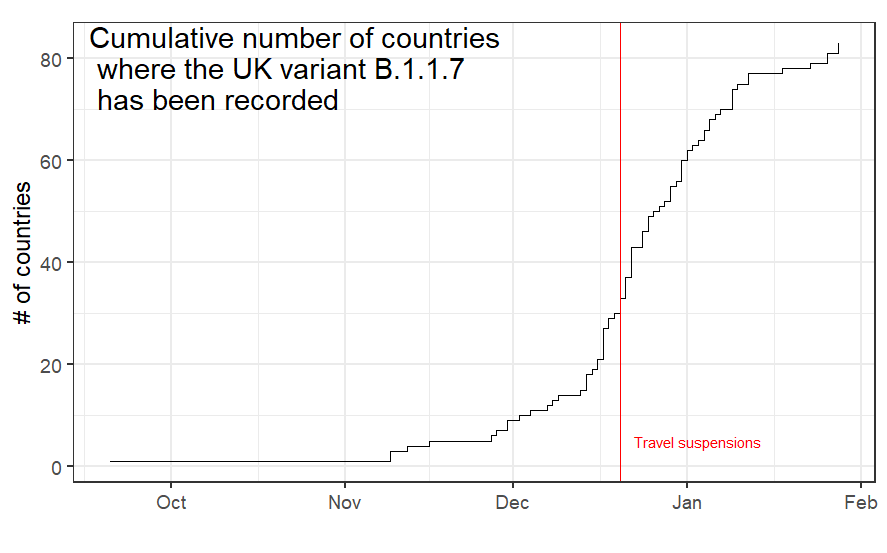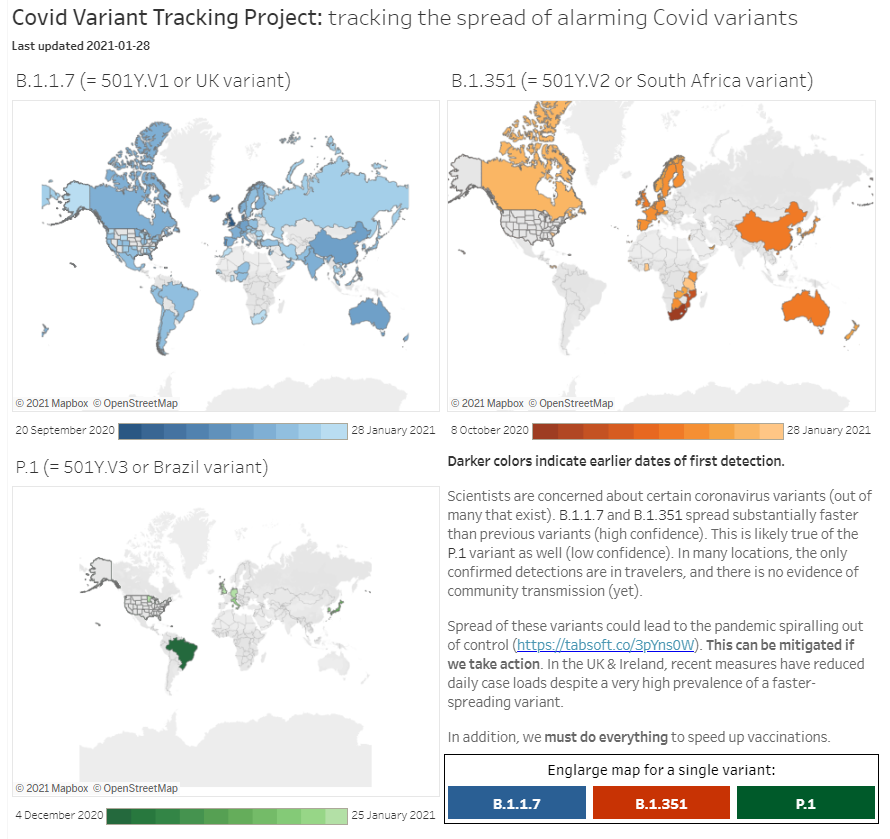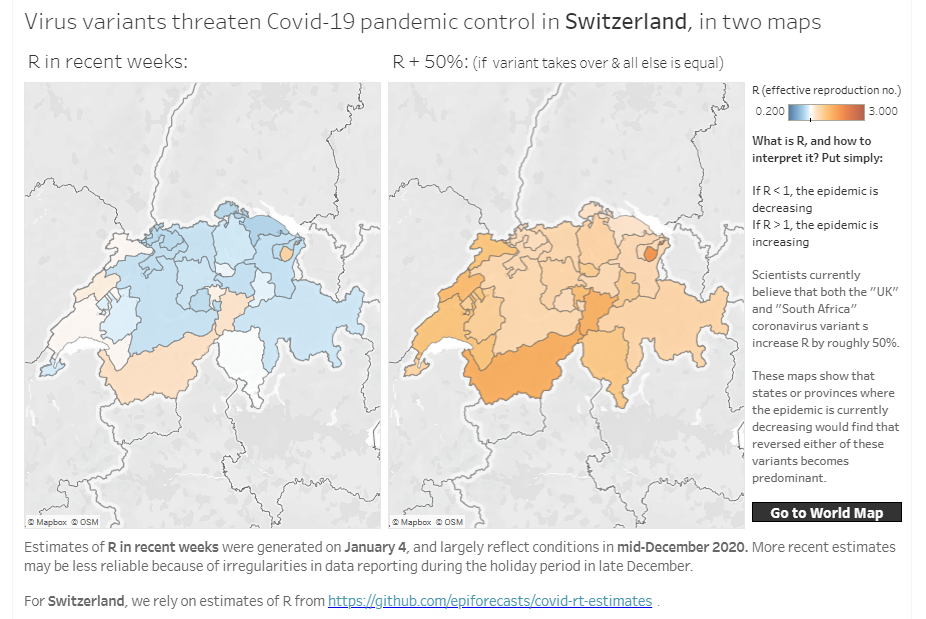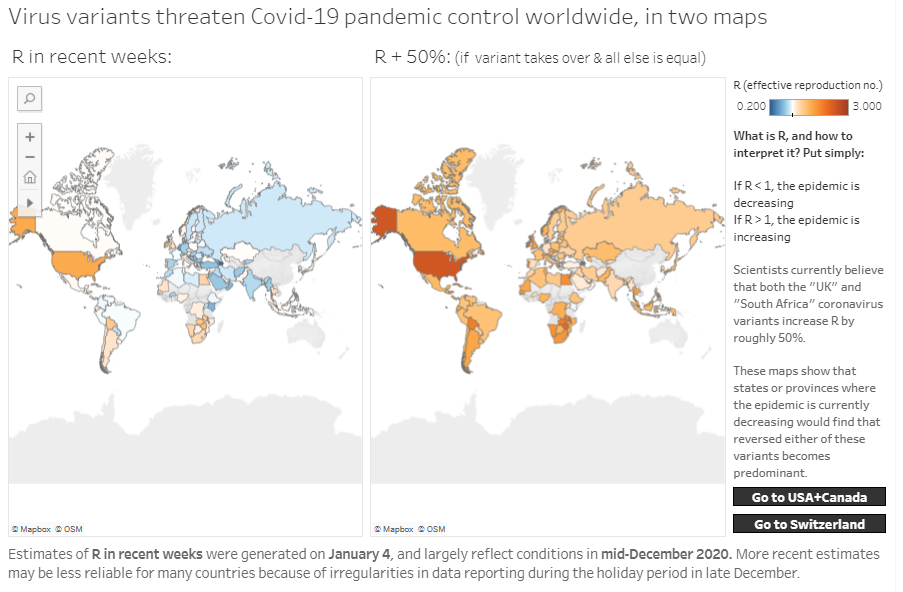This is why so many of us were yowling since early last summer that every damned vaccine needed to have accelerated review and approval if it was even moderately protective. That we needed to plough mountains of money into creating manufacturing capacity even though many of the vaccines would not work out. That the months wasted on following standard review protocols were prioritising arse-covering over saving lives - possibly millions of lives. That slowing the whole vaccination process over every possible rare side-effect in the hope of maintaining faith in the system was dooming many to a horrible death while simultaneously wrecking confidence in vaccines globally, even in places without much prior antivax sentiment.
There's plenty of blame to go around for this present crisis. Pride of place certainly goes to the utterly incompetent and vile Indian government. But the US has made things worse by stopping the export of basic material needed for vaccine manufacturing. This has slowed down the rest of the world's ability to produce vaccines even as the US imports materials for its own vaccination program. If you can make your voice heard in the US about this, please urge your government to fix this!




